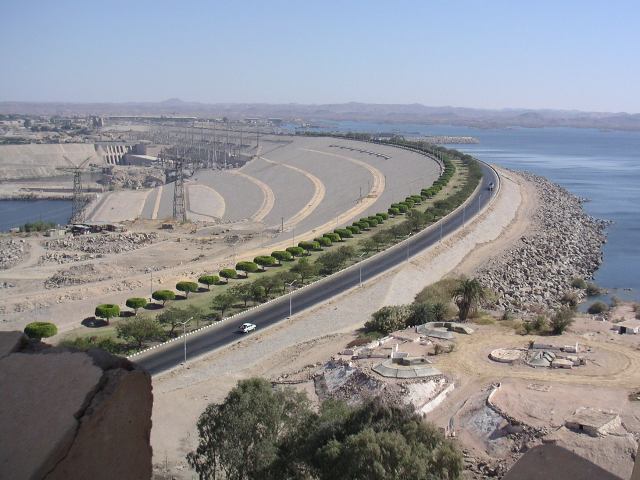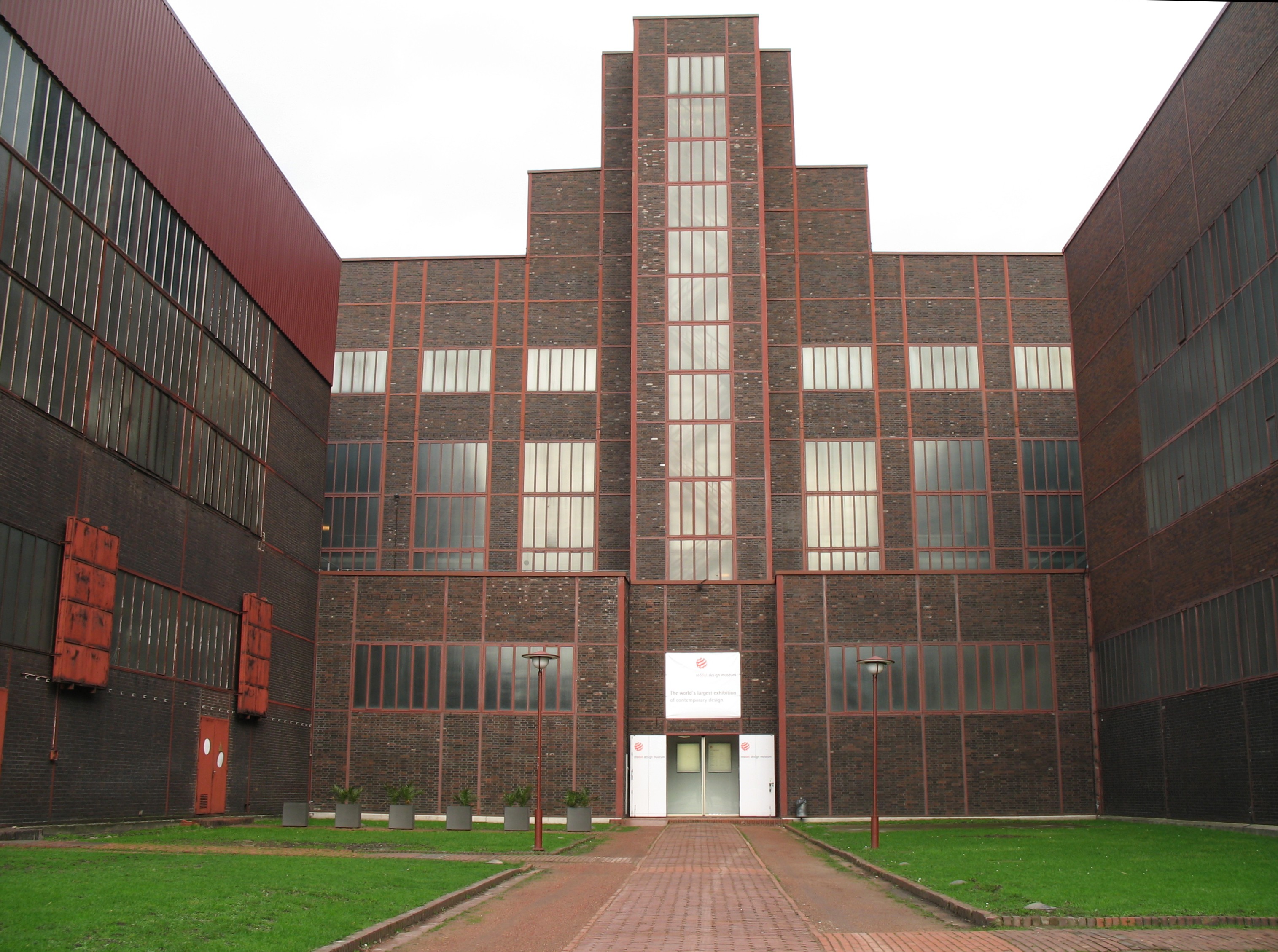|
Katja Aßmann
Katja Aßmann (born 28 May 1971) is a German curator and arts administrator. She is currently the artistic director of Urbane Künste Ruhr (Urban Arts Ruhr). About Aßmann, who studied architecture and art history in Bochum. In 1999, Aßmann directed the art and culture department of the International Architecture Exhibition Emscher Park. From 2002 to 2007 she worked as freelance curator for several exhibition projects (e.g. “The Wall” from Christo and Jeanne-Claude, “ENTRY2006” in cooperation with MoMA, Cooper-Hewitt Museum et al.). In 2007, Aßmann was assigned to manage the divisions Architecture, Urban Planning, and Visual Arts of the European Capital of Culture Ruhr.2010. Since 2012, Katja Aßmann is artistic director of Urbane Künste Ruhr (Urban Arts Ruhr), a cultural institution that focuses on art in urban spaces. Aßmann developed the artistic conception for Urbane Künste Ruhr and curates own productions with various national and international artists and ... [...More Info...] [...Related Items...] OR: [Wikipedia] [Google] [Baidu] |
Urbane Künste Ruhr
Urbane Künste Ruhr (Urban Arts Ruhr) is a German cultural institution founded in 2012, to create art in urban spaces in the city of Ruhr. The institution was established in the aftermath of Ruhr.2010, the European Capital of Culture. It is led by curator Katja Aßmann since its founding. Urbane Künste Ruhr projects may include temporary architectural structures, urban space problem solving, and projects that include art research. Urbane Künste Ruhr is to develop cooperations with artists and scholars from various disciplines in order to create new cultural, political, and social strategies for metropolitan areas. Projects Urbane Künste Ruhr contributes periodically to the international music and arts festival Ruhrtriennale. Alongside these projects, Urbane Künste Ruhr generates programs within the three overall categories "Mobile Laboratories", "Regional Interventions", and "Strategies for the Region". The labs are considered to be a “research department” of the Ruhr ... [...More Info...] [...Related Items...] OR: [Wikipedia] [Google] [Baidu] |
Ray Eames
Ray-Bernice Alexandra Kaiser Eames (née Kaiser; December 15, 1912 – August 21, 1988) was an American artist and designer who worked in a variety of media. In creative partnership with her husband, Charles Eames, and The Eames Office, she was responsible for groundbreaking contributions in the fields of architecture, graphic design, textile design, film, and furniture. The Eames Office is most famous for its furniture, which is still being produced. Together as a couple, the Eameses are considered one of the most influential creative forces of the 20th century. During her lifetime, Ray Kaiser Eames received less credit than she has been given posthumously in art and design literature, museum shows, and documentary films. Biography Early life Ray Eames was born in Sacramento, California, to Alexander and Edna Burr Kaiser and had an older brother named Maurice. Edna was Episcopalian and Alexander had been raised Jewish, but did not practice. Eames and Maurice were brought ... [...More Info...] [...Related Items...] OR: [Wikipedia] [Google] [Baidu] |
1971 Births
* The year 1971 had three partial solar eclipses (Solar eclipse of February 25, 1971, February 25, Solar eclipse of July 22, 1971, July 22 and Solar eclipse of August 20, 1971, August 20) and two total lunar eclipses (February 1971 lunar eclipse, February 10, and August 1971 lunar eclipse, August 6). The world population increased by 2.1% this year, the highest increase in history. Events January * January 2 – 1971 Ibrox disaster: During a crush, 66 people are killed and over 200 injured in Glasgow, Scotland. * January 5 – The first ever One Day International cricket match is played between Australia and England at the Melbourne Cricket Ground. * January 8 – Tupamaros kidnap Geoffrey Jackson, British ambassador to Uruguay, in Montevideo, keeping him captive until September. * January 9 – Uruguayan president Jorge Pacheco Areco demands emergency powers for 90 days due to kidnappings, and receives them the next day. * January 12 – The landmark United States televis ... [...More Info...] [...Related Items...] OR: [Wikipedia] [Google] [Baidu] |
German Art Historians
German(s) may refer to: * Germany, the country of the Germans and German things **Germania (Roman era) * Germans, citizens of Germany, people of German ancestry, or native speakers of the German language ** For citizenship in Germany, see also German nationality law **Germanic peoples (Roman era) * German diaspora * German language * German cuisine, traditional foods of Germany People * German (given name) * German (surname) * Germán, a Spanish name Places * German (parish), Isle of Man * German, Albania, or Gërmej * German, Bulgaria * German, Iran * German, North Macedonia * German, New York, U.S. * Agios Germanos, Greece Other uses * German (mythology), a South Slavic mythological being * Germans (band), a Canadian rock band * "German" (song), a 2019 song by No Money Enterprise * ''The German'', a 2008 short film * "The Germans", an episode of ''Fawlty Towers'' * ''The German'', a nickname for Congolese rebel André Kisase Ngandu See also * Germanic (di ... [...More Info...] [...Related Items...] OR: [Wikipedia] [Google] [Baidu] |
Karl-Heinz Petzinka
Karl-Heinz Petzinka (born 7 January 1956) is a German architect, and Rector of the Kunstakademie Düsseldorf. He is known for office buildings in Düsseldorf and Berlin. He converted historic industrial buildings, and was responsible for the section architecture for the Ruhr.2010 project. Career Born in Bocholt, Petzinka studied architecture at the RWTH Aachen from 1976 and graduated in 1982 with the academic degree of Diplom-Ingenieur. In 1981, he received the North Rhine-Westphalia state's Förderpreis for young artists in the field of architecture. After his first professional years 1982–1983 as a freelance architect in the office of O. M. Ungers in Cologne, he worked as an assistant to at the RWTH Aachen from 1983 to 1985. From 1986 to 1987, he was a scholarship holder of the Villa Massimo in the architecture category. From 1988, Petzinka taught design at the Bergische Universität Wuppertal, and in 1994 he was appointed professor in the Department of Design and Bui ... [...More Info...] [...Related Items...] OR: [Wikipedia] [Google] [Baidu] |
Zeche Zollverein
The Zollverein Coal Mine Industrial Complex (German Zeche Zollverein) is a large former industrial site in the city of Essen, North Rhine-Westphalia, Germany. The first Coal mining, coal mine on the premises was founded in 1847, and mining activities took place from 1851 until December 23, 1986. For decades, starting in the late 1950s, the two parts of the site, ''Zollverein Coal Mine'' and ''Zollverein Coking Plant'' (erected 1957–1961, closed on June 30, 1993), ranked among the largest of their kinds in Europe. Shaft 12, built in the New Objectivity (architecture), New Objectivity style, was opened in 1932 and is considered an architectural and technical masterpiece, earning it a reputation as the "most beautiful coal mine in the world". Because of its architecture and testimony to the development of heavy industry in Europe, the industrial complex was inscribed on the UNESCO World Heritage List on December 14, 2001, and is one of the anchor points of the European Route of I ... [...More Info...] [...Related Items...] OR: [Wikipedia] [Google] [Baidu] |



